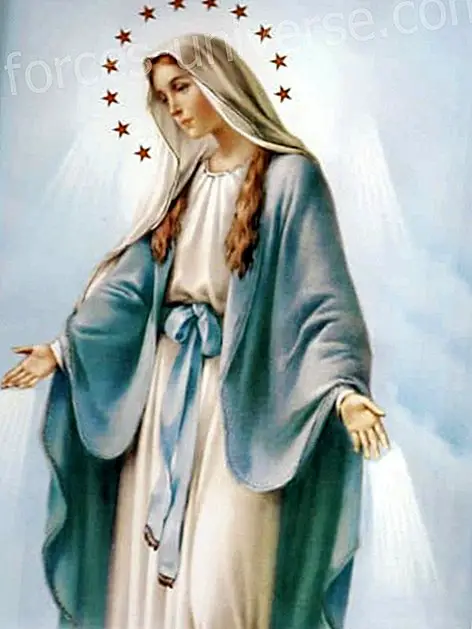Cahokia was a very sophisticated city built about four centuries before Columbus arrived in the Americas. It had more than a hundred mysterious pyramids of land that still today are still a deep enigma.
The original name of this ancient city is unknown. The name Cahokia is taken into consideration of a tribe that lived in the area around 1600 .
The beginnings of Cahokia
About four centuries before the arrival of Columbus, the natives of Illinois built a city that reached 40, 000 inhabitants and occupied approximately 16 square kilometers.
This organized and planned city contained more than a hundred mysterious earth pyramids, exactly 120, which to this day continue to be the main mystery of the region.
Those who investigate on the matter, ensure that Cahokia can be considered as one of the most important and influential ancient settlements of the entire Mississippian culture.
This culture spread throughout the Midwest and Southeast of the United States of America from before the year 1000 and reached its peak around the thirteenth century .

The process of building the city is also another of the mysteries of Cahokia. The discoveries made in the region indicate that it was a very large city, with its buildings organized and planned in advance.
According to specialized researchers, all the constructions of the city were carried out in a very short space of time and although valuable objects, houses, buildings and monuments have been found, its exact age has not yet been determined with precision.
Apparently everything would have started with a massive transfer of people to the region that was ultimately the one that built the city. The necessary infrastructure had to be created to house the thousands of builders in a short time.
Thousands of people also worked on the construction of another of his impressive works, a gigantic pyramid that exceeds the great pyramid of Giza . About the size of fifty football fields.
The Cahokians built innumerable amount of pyramidal mounds of land, associated with their cults and the other ceremonial monuments found there.
The base circumference of the main buildings is larger than the Pyramid of the Sun in Teotihuacan and it is estimated that the inhabitants of Cahokia began to build around 850 AD and finished their work almost three hundred years later, approximately 1100.
The Cahokians did not leave a written language where we can gather their teachings . Nor can we know what it was that they called themselves, where they came from and what were the reasons they had for building these huge pyramids of land.
Nor did they leave any written testimony when they disappeared, but all their works and achievements are in sight.
History and beliefs
The cities constituted by burial mounds have been a constant in North American culture. The oldest is in Watson Bake, in Lousiana, and is about 5500 years old.
Cahokia then, built hundreds of years later, would have been configured and projected like that.
Its maximum splendor was from the 10th century when it was the capital of the Mississipian culture because it was in a privileged place, close to the confluence of the Mississippi, Missouri and Illinois rivers.
It reached more than forty thousand inhabitants and no other American city exceeded that record until the 18th century, when the demographic boom in Philadelphia took place.
The explanation of the skyrocketed population increase in the region is analyzed by Timothy Pauketat, a professor at the University of Illinois.
Pauketat considers that this sudden population growth coincided with a kind of "religious revival", caused by the supernova of the year 1054 that illuminated the skies for a whole month.
The excavations carried out during the last years have been able to demonstrate that the entire population was formed by groups of immigrants who came to the area on religious pilgrimage and then ended up settling in the region.
The center of this conglomeration of people marks the well-known Monke Mopund or Tumulus of the Monks.
Excavation Detail
It is a hill about 100 meters high and 5.6 hectares that stands in the center of the city. It is the largest known in northern Mexico.
It was called Tumulus of the Monks by the Trappist community that lived there for a long time, centuries after its original inhabitants. However, in the time of splendor of Cahokia, it was the urban center because it was erected in the Grand Plaza and there the games and public rituals were performed, such as the famous game of chunkey .
In general, the constructions have their similarities, but specific variations have been determined. During the Lohmann phase, between 1050 and 1100, the houses were organized in the form of square courtyards.
Later in time, in the Stirling phase, from 1100 to 1200, a north-south and grid-like orientation began to be adopted. At the end of the time of splendor of the city of Cahokia, during the Moorehead phase, from 1200 to 1350, the construction in courtyards was resumed.

This exhaustive analysis of the orientations of the buildings allowed, in 1960, to discover one of the great mysteries of the city .
The enigma of Title 72
It is the only tumulus built during the classic era of the city and is not located like the others, in a north-south direction, but is about 30º outside the east-west axis, aligned with the summer and winter solstices.
The archaeologist Melvin Fowler found two human bodies that lay on a bed of beads that formed the image of a hawk . In its surroundings there were countless shells, hunting gadgets and the remains of other corpses, many of them without the head, which unequivocally indicated that they were ritual burials.
In the rest of the tumulus there were approximately 250 skeletons and it was built in two chambers: one of them contained the bodies of about 50 women of approximately twenty years and the other had about 40 bodies. All had been violently sacrificed .
Seen in El Confidencial, by Pedro, editor of the White Brotherhood
https://www.elconfidencial.com/alma-corazon-vida/2016-12-18/ cahokia-giganteca-metropoli- norte_1304661 /






